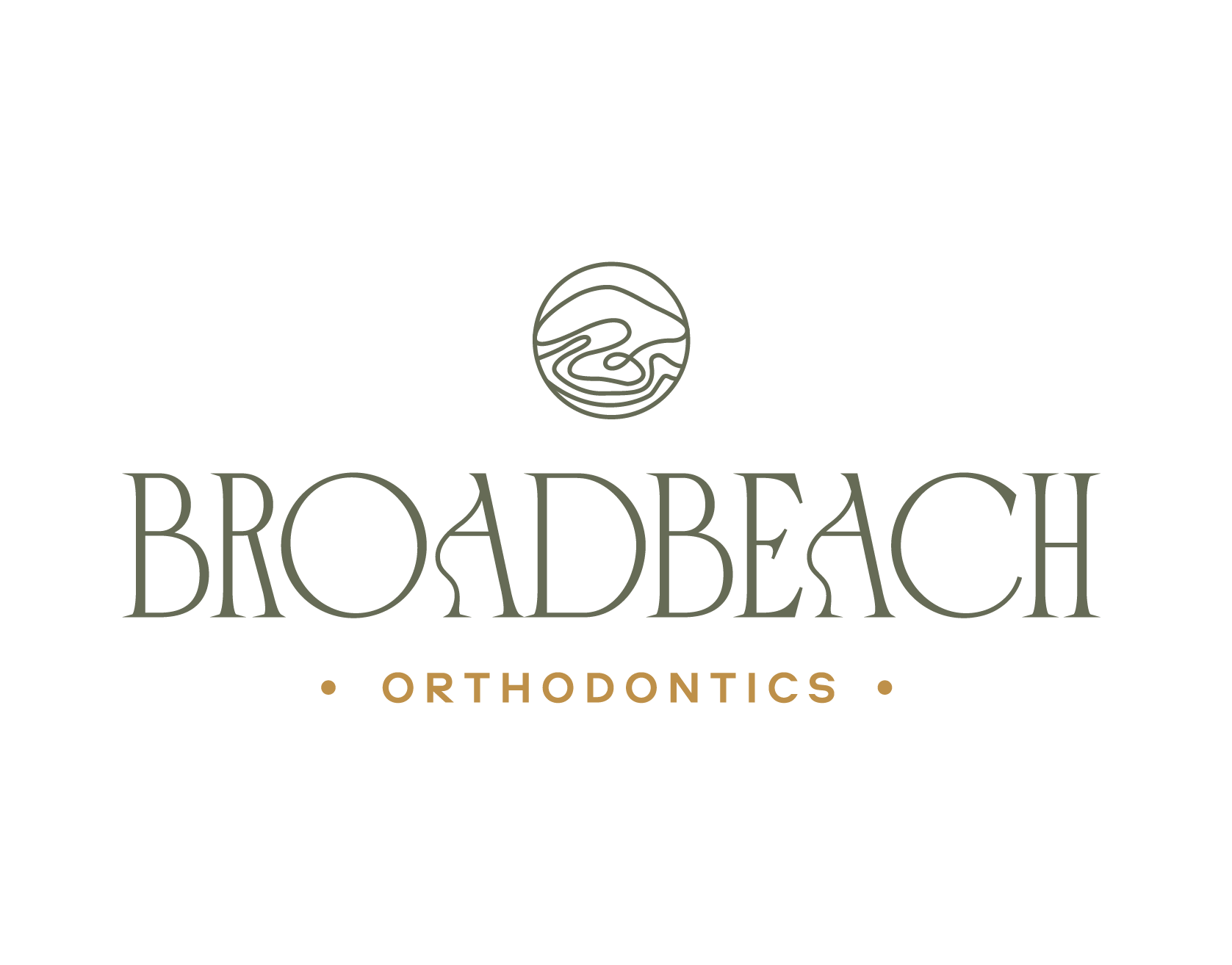If you’ve been dreaming of a straighter smile but dread the idea of traditional metal braces, you’re not alone. Enter Invisalign® and clear aligners – the modern, discreet way to achieve that perfect smile. Many people have questions such as “will Invisalign work for my over crowding?”, “will Invisalign fix my overbite?”. These innovative dental devices have transformed orthodontics, offering a more comfortable and aesthetically pleasing alternative to braces. But how exactly do they work? Let’s dive in.
The Basics: What Are Clear Aligners?
Clear aligners are custom-made, removable plastic trays that fit snugly over your teeth. Invisalign is the most well-known brand, but there are others like Angel Aligners®and Spark Aligners® These aligners are designed to gradually move your teeth into the desired position, providing a convenient and nearly invisible orthodontic solution.
Step-by-Step Guide to How They Work
- Initial Consultation and Assessment: The journey begins with a visit to an orthodontist or dentist trained in Invisalign or clear aligner therapy. During this consultation, your provider will evaluate your teeth, discuss your goals, and determine if you’re a suitable candidate for clear aligners.
- Digital Impressions: Forget about those messy, uncomfortable molds. With modern technology, your orthodontist will use a digital scanner to create a precise 3D image of your teeth. This digital model forms the basis for your customised treatment plan.
- Customised Treatment Plan: Using advanced software, your orthodontist will map out the exact movements of your teeth throughout the treatment. You’ll get to see a virtual representation of your new smile before even starting.
- Creating the Aligners: Based on the treatment plan, a series of custom aligners will be fabricated. Each aligner is slightly different, making gradual adjustments to the position of your teeth. Depending on the complexity of your case, you might receive anywhere from 20 to 50 sets of aligners.
- Wearing the Aligners: You’ll wear each set of aligners for about one to two weeks, for 20-22 hours per day. They should only be removed for eating, drinking (anything other than water), brushing, and flossing. The aligners apply gentle, constant pressure to your teeth, slowly shifting them into place.
- Customised Check-ins: Are you time poor? Clear aligner plans are personalised to you by your orthodontist. Every 10-12 weeks, you’ll have a check-up with your orthodontist to ensure that your treatment is progressing as planned or be monitored by remote monitoring to reduce the number of visits to your orthodontist, yet still have your progress monitored. Adjustments to your treatment plan may be made based on these evaluations.
- Completion and Retention: Once you’ve gone through all your aligners and your teeth have reached their final position, you’ll receive retainers to maintain your new smile. Retainers are typically worn at night and help prevent your teeth from shifting back to their original positions.
The Science Behind the Movement
Clear aligners move teeth through the application of controlled force. However, unlike traditional braces, which pull the teeth along an archwire, clear aligners use the aligner’s plastic material to push the teeth into the desired position.
Each aligner is designed to make slight adjustments to tooth position, with certain teeth being allowed to move while others are held in place. Over time, these small movements add up to a significant change in alignment.
Advantages of Clear Aligners
- Aesthetics: The most obvious benefit is that they’re nearly invisible. Most people won’t even realize you’re wearing them.
- Comfort: Made of smooth plastic, aligners are more comfortable than traditional braces, with no metal brackets or wires to irritate your mouth.
- Convenience: They are removable, making eating, drinking, and oral hygiene much easier.
- Predictability: With digital planning, you can see the expected outcome before you even start.
Are They Right for You?
Clear aligners are a great option for many, but they’re not suitable for everyone. They are most effective for mild to moderate orthodontic issues, such as minor crowding or spacing problems. Severe cases may still require traditional braces or other orthodontic treatments.
Final Thoughts
Invisalign and clear aligners have revolutionised the field of orthodontics, providing a subtle and effective way to straighten teeth. If you’re considering this treatment, consult with an orthodontist to discuss your options and see if clear aligners are the right choice for you. Embrace the future of orthodontics and get ready to smile with confidence!





